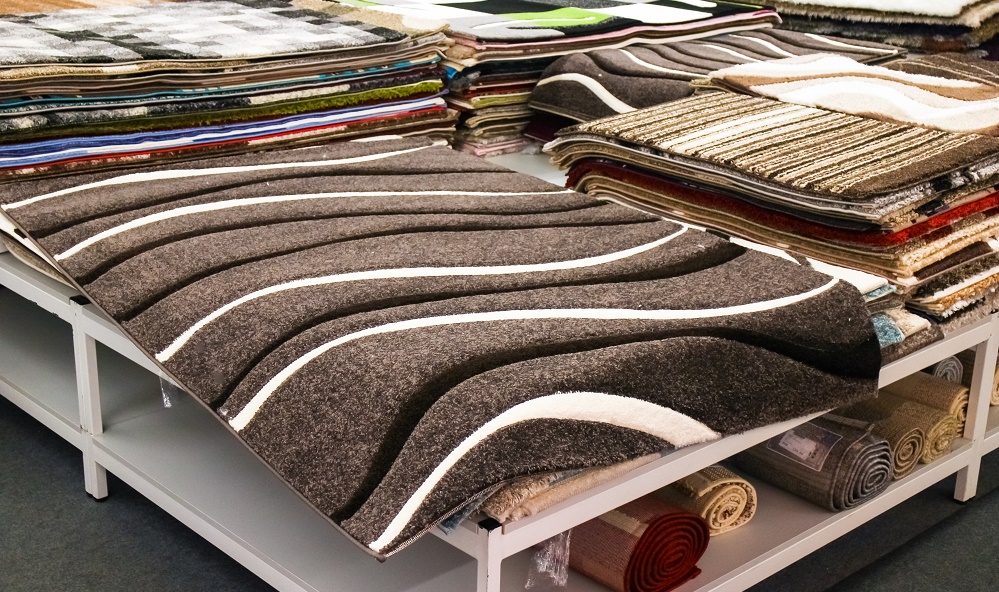Vinyl Flooring 101 a Quick Guide To All You Need to Know
Shopping for flooring can get overwhelming. There are so many different materials promising the same things. One of the most popular types of flooring today is vinyl. You’ve probably heard a lot about it, but aren’t too sure what exactly it is. No need to worry, we’ve got you covered with this essential guide to vinyl flooring.

First of All, What is It?
Many people confuse vinyl flooring with laminate flooring because they look similar. Both flooring types are produced in the form of planks or tiles that imitate natural flooring materials, such as hardwood and stone. The difference between the two is the materials that they’re made from. Laminate flooring is made from a combination of PVC compounds and hardwood, while vinyl flooring is made entirely from plastic. Vinyl flooring is waterproof because of this.
The Main Types of Vinyl Flooring
1. Stone Plastic Composite (SPC)/ Rigid Core Vinyl Planks
Arguably the most durable type of vinyl flooring, SPC is characterised by a dense core layer. It can withstand lots of traffic and is tough to bend or break.
2. Luxury Vinyl Tiles (LVT)/ Luxury Vinyl Planks (LVP)
The word “luxury” in this regard refers to rigid vinyl sheets that look a lot like real wood, and are much stronger and more durable than vinyl flooring from the 1950s. They can be cut into planks or tiles and installed in patterns that suit the user.
3. Wood Plastic Composite (WPC) Vinyl Planks
WPC vinyl flooring is a technologically advanced design, made with four layers. These are the rigid core, top layer, decorative print, and wear layer. It is convenient because it doesn’t require any underlay during installation.
A Variety of Vinyl Planks Flooring Installation Options to Choose From
Vinyl flooring can come in a variety of cuts, such as planks or tiles. These are loose-lay (no glue), glued or taped onto the existing tile or subfloor, which must be prepared in advance.
Preparing Your Subfloor for a Vinyl Flooring Installation:
● Ensure that it’s dry enough for adhesives to bond.
● Use a leveling tool and materials to even it out.
● Clean up any dirt before installation.
● Always apply primer before flooring installation
Hire Professionals for a Clean Job
As you can see, there’s a lot that goes into choosing and installing a vinyl floor. Rather than leaving a large margin for error with a DIY project, rope in a professional to get it done right. We can link you up with one near you. Sign up to Flooring Domain.


